2017 seasonal beans, coffee beans, Colombian decaf, Swiss water-treated coffee, fine coffee
Decaffeinated coffee is coffee with only a small amount of caffeine. The caffeine content in brewed coffee should not exceed 0.3%. In other words, a cup of decaf should contain no more caffeine than 5mg (usually a cup of 236mI coffee contains caffeine from 50mg to 200mg). According to the FDA standard of the US Food and Drug Administration, the caffeine removal rate of decaffeinated coffee is not less than 97%, while the EU standard caffeine removal rate should reach 99.9%.
Caffeine is a magical substance. Many times in your life, you unwittingly consume caffeine. Hot cocoa in winter, energy drinks after exercise, and even Coca-Cola, a summer relieving artifact, all contain a certain amount of caffeine. Caffeine can excite the central nervous system and temporarily restore some physical strength, which sounds a lot like adding a buff. In fact, caffeine, or 1pyr3-7-trimethylxanthine, is a xanthine alkaloid compound.
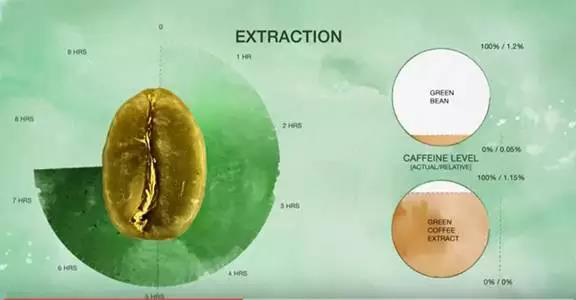
Caffeine is often used to treat neurasthenia and coma resuscitation in clinic. it is found in most plants and is part of the plant self-protection mechanism. Insects are paralyzed after consuming caffeine. Similarly, for humans, there is an upper limit on caffeine intake every day, especially for pregnant women, people with cardiovascular and cerebrovascular diseases, adolescents, people with caffeine sensitivity and … Little sisters during menstruation need to reduce their intake of caffeine as much as possible, but coffee is known as the only drug allowed by the law to a large extent because of caffeine, although putting aside the dose of toxicity is hooliganism, even in normal people, excessive consumption of caffeine can lead to palpitations, stomach cramps, and even caffeine poisoning, in which case, decaf coffee also arises at the historic moment.
Decaf is a boon for people who can't get caffeine. Sure enough, the wisdom of foodie is something to be reckoned with. However, decaf coffee is also divided into natural and artificially processed coffee. Natural ones are very rare, and pointed bourbon is one of them. In 2004, Brazilian scientists announced the discovery of three other precious low-caffeinated coffees in the Cafa forest in the Ethiopian region of Africa, which means we will be able to drink natural low-caffeinated coffee in the near future.
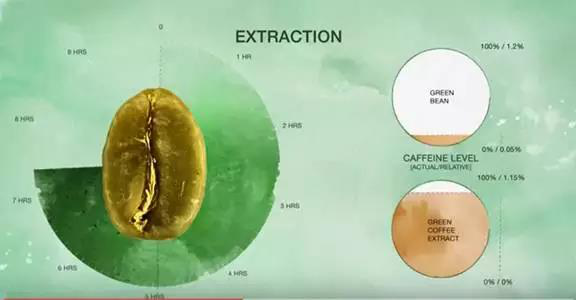
The first person in history to extract caffeine from coffee was Friedlieb Ferdinand Runge, but he did not conduct further research on it or put it into commercial use.
The first person to commercialize the decontamination was Ludwig Roselius, a German who invented the decontamination method in 1903 and applied for a patent in 1906, but it is no longer used today because of the use of benzene as a solvent in the method.
One
CO2 treatment method
With regard to artificial processing, there are already three ways to remove caffeine from raw beans, but unfortunately it is almost impossible to operate them at home. The first is the supercritical carbon dioxide treatment of technological flow. The treatment rate of caffeine can reach 96.98%, which is the highest cheng rate (ben).
The less extreme ultra-high concentration of carbon dioxide has a density close to the liquid, but it is still in a gaseous state, so it has the viscosity of the gas, which can be understood as the fact that there was only one mosquito buzzing in the mosquito net on a summer night. suddenly turned into 300 mosquitoes buzzing, mosquito density has greatly increased, although it is possible that their flight speed will decrease, but the reduction will not be very large, do you believe? Similarly, high concentrations of carbon dioxide are like hungry mosquitoes, your delicious body is captured caffeine, and quilts, mattresses and pillows are other chemicals and flavor factors in coffee beans. at this time, the coffee beans in the pure water solution have expanded, and chemical molecules such as caffeine, which are tightly bound, are loosened, as if you kicked the quilt when you were too hot to sleep. The molecules of carbon dioxide pounce on the caffeine molecules and combine with them to dissolve into the pure aqueous solution. The processed raw beans can retain most of the flavor as long as they are dried. The caffeine brought out by carbon dioxide can be regarded as 100% pure caffeine and can be recovered by separation operation. Because carbon dioxide is also part of the atmosphere, the tail gas can be discharged directly into the air. Carbohydrates, proteins and other flavor factors in coffee beans can be retained, and the extraction efficiency is very high. Of course there are disadvantages, that is, it is expensive.
II.
Solvent extraction method
The second is solvent extraction. This principle sounds obscure, but it has already penetrated into daily life, such as the hard-to-wash grease in dishes, while the lipids in detergent can dissolve and contain the fat, and then rinse with clean water, it is easy to wash clean. Caffeine is an alkaloid that uses chloroform, commonly known as chloroform, to extract penicillin, essential oils and alkaloids from coffee beans.
Because purine itself has a structure similar to benzene ring, but is replaced by N atoms to form heterocyclic compounds, so benzene solution can also be selected for extraction.
There are two kinds of solvent extraction, direct extraction is to first use steam to open the stomata of coffee beans, take advantage of the opportunity to dissolve caffeine in the corresponding solvent, and finally bring out the solvent and caffeine by steam, which is simple, rough but effective. Another method, called indirect extraction, first soaks raw beans in hot water, dissolves various chemicals in raw beans into hot water as far as possible, and then pours the solvent in. Caffeine will combine with the solvent and float to the surface of the liquid. Then the solvent of the separated layer is separated from the clear solution of the lower layer, and then the processed raw coffee beans are soaked in the filtered solution. So as to ensure that the coffee flavor factor is retained in the raw coffee beans as much as possible. The cost of treating raw coffee beans with solvent is the lowest, but both chloroform and benzene series solutions have certain toxicity, and the tail liquid is difficult to deal with, the operation process is troublesome, and the de-causation efficiency is the lowest among the three methods. so it's basically been eliminated.
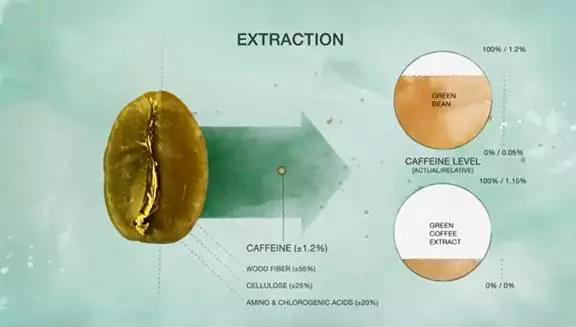
Three
Swiss water treatment
At present, the most commonly used low-caffeine treatment method in the coffee industry is the Swiss water treatment method, which first soaks a batch of raw beans in a high-pressure environment to dissolve all the flavor substances in the raw beans in water as much as possible, and discard the raw beans. Then use activated carbon to extract caffeine from the soaking solution, soak the same batch of raw beans with extracted caffeine, which is like pouring 75% concentrated salt water into 25% salt water. Finally, the average life harmony of 50% in the solution is achieved. because only the caffeine in the raw bean is incomplete, the caffeine in the raw bean will spontaneously dissolve into the soaking solution and retain other flavor factors in the raw bean. This method is relatively simple to operate, and the tail liquid treatment is not troublesome. There is almost no pollution in the process, and coffee beans can be treated in large numbers, which has become the most widely used commercial treatment method.
However, this treatment method also has obvious disadvantages, first of all, waste, the raw beans used to extract soaking solution can no longer be used for production, resulting in high cost and high price of decaf coffee beans. The second is the extraction of caffeine from activated carbon. Activated carbon is a very domineering substance that can effectively filter and deodorize, such as tap water purification, such as bamboo charcoal mask, such as bamboo charcoal deodorant insoles that broken mothers put in adolescent sports shoes. Even the hormones of adolescent restless teenagers can be absorbed, and caffeine is naturally fine. Even if some special methods are used to extract and filter caffeine, it will still take away some of the flavor factors. To a large extent, the flavor of decaf coffee is not satisfactory.
The most difficult thing in the decaffeination process is how to remove caffeine without affecting other substances in coffee, such as sugars, cellulose, protein, citric acid and fruit acid.
Coffee itself contains more than 1000 compounds, and it is these compounds that give coffee a changeable sense of hierarchy and aroma. But no matter which way of treatment, it will more or less affect the flavor of coffee, as the saying goes, there are gains and losses, but this still can not stop coffee controllers' love of coffee, right?
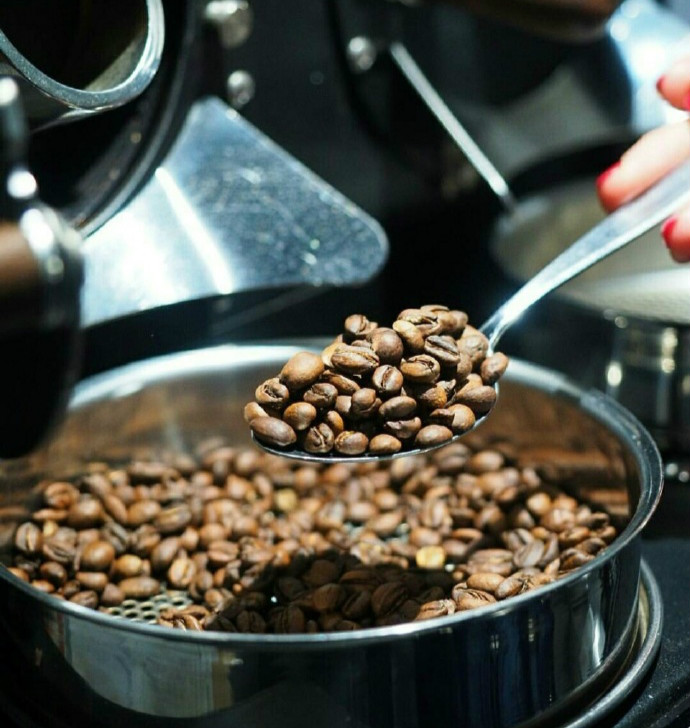
Important Notice :
前街咖啡 FrontStreet Coffee has moved to new addredd:
FrontStreet Coffee Address: 315,Donghua East Road,GuangZhou
Tel:020 38364473
- Prev
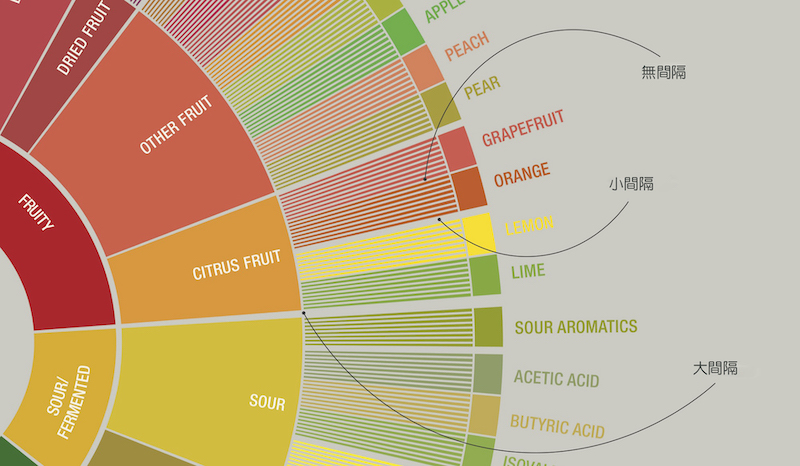
SCA Coffee Flavor Wheel Analysis tutorial correctly describes the flavor characteristics and taste categories of hand-brewed coffee
The exchange of professional baristas please follow the coffee workshop (Wechat official account cafe_style) Coffee flavor wheel is the result of joint research by SpecialtyCoffeeAssociationofAmerica and WorldCoffeeResearch
- Next
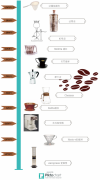
Coffee cold knowledge: the evolutionary history of various coffee brewing utensils
Professional baristas please follow the coffee workshop (Wechat official account cafe_style) Coffee industry has developed rapidly in modern times, with a variety of brewing tools to bring forth the new, in order to extract delicious coffee more conveniently and easily. Around the 18th century flannel was born in Wales, England, and it was later tried to improve it into a tool for brewing coffee. The French kettle originated in about 1806
Related
- Beginners will see the "Coffee pull flower" guide!
- What is the difference between ice blog purified milk and ordinary milk coffee?
- Why is the Philippines the largest producer of crops in Liberia?
- For coffee extraction, should the fine powder be retained?
- How does extracted espresso fill pressed powder? How much strength does it take to press the powder?
- How to make jasmine cold extract coffee? Is the jasmine + latte good?
- Will this little toy really make the coffee taste better? How does Lily Drip affect coffee extraction?
- Will the action of slapping the filter cup also affect coffee extraction?
- What's the difference between powder-to-water ratio and powder-to-liquid ratio?
- What is the Ethiopian local species? What does it have to do with Heirloom native species?

